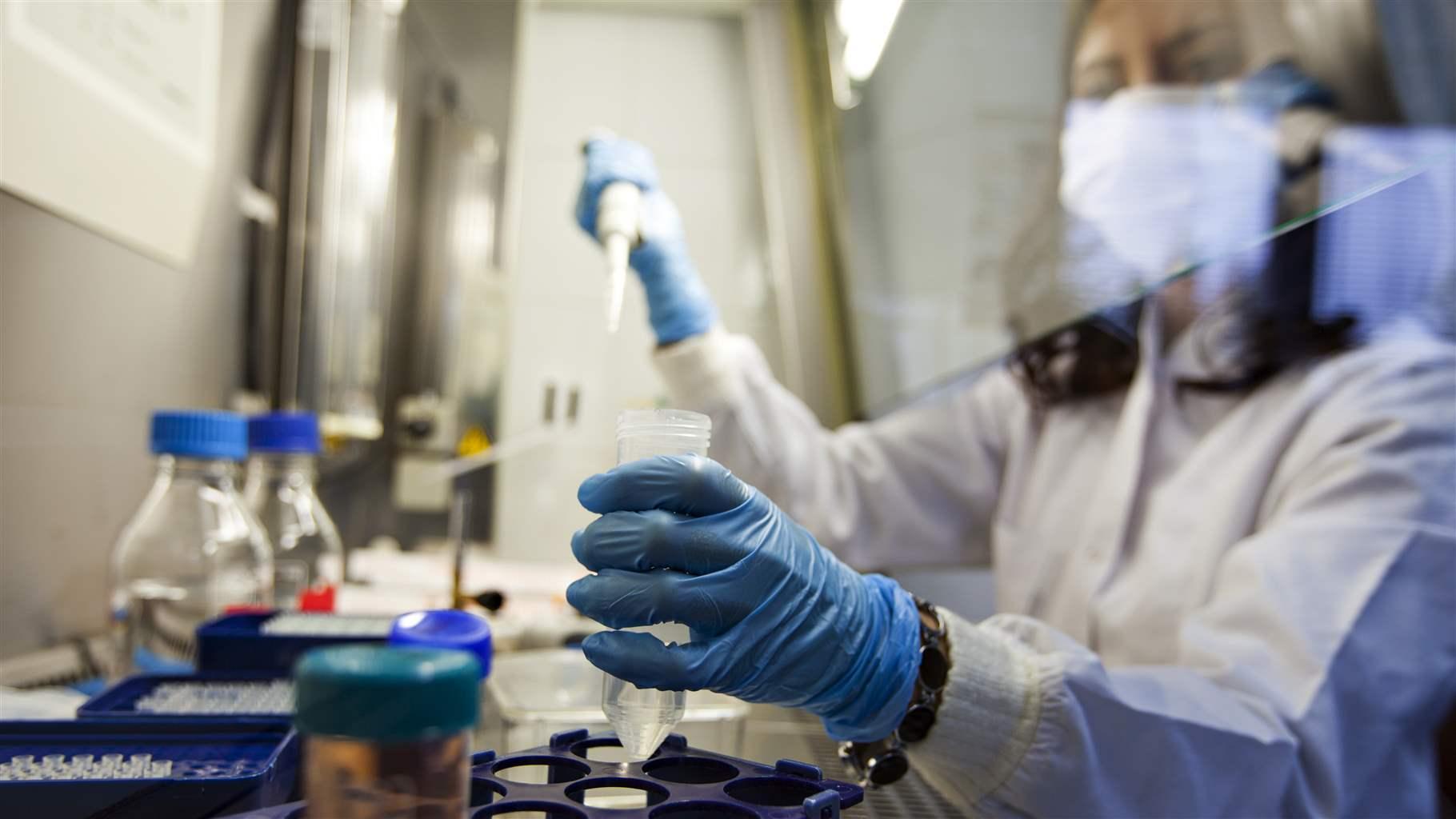Table of Contents

[/image][=video]
[/video]
Viscosupplementation: Injection of hyaluronic acid right into intra-articular area can bring back the thickness and flexibility of osteoarthritic synovial liquid. HA plays an essential function in shock absorption, lubrication, and the visco-elastic nature of the synovial liquid. Prolotherapy: Prolotherapy is the shot of a remedy to refurbish an unskilled framework and advertise sclerosis at the injection site.
More than one therapy session may be called for before results are felt and, just like any kind of treatment, results are not guaranteed. A stem cell does not offer a certain bodily feature, yet it can develop right into a cell that does, such as a cartilage cell or a tendon cell. Physicians that make use of stem cell treatment think that, when put into a particular atmosphere, stem cells can transform to fulfill a specific need.
To make PRP, blood is taken from the individual and then processedoften utilizing a centrifugeto develop a concentrated service of platelets and plasma (PRP).: All PRP is not the same.
Swelling raises blood flow and draws in cellsgranulocytes, monocytes, macrophages and fibroblaststhat can fix and recover broken tissues. Throughout prolotherapy, a medical professional infuses an irritant into the injured area, which temporarily enhances inflammation.
Medical Group

Prolotherapy occasionally utilizes PRP as an irritant, however prolotherapy is not by interpretation a mobile treatment. The most generally used irritant is dextrose, a basic sugar. Substances such as glycerine or saline might additionally be used.: Compared with various other regenerative medication therapies, such as stem cell and PRP injections, there is not a great deal of clinical research study regarding prolotherapy and its efficiency.
Different methods might be utilized to attempt to fix cartilage, consisting of however not limited to: Making little cuts or abrasions in the bone directly listed below the cartilage material injury. The goal is that the blood from the harmed bone will certainly help with brand-new cartilage material cell development. Transplanting cartilage from an additional component of the patient's body, a contributor, or animal.
Regenerative medication seeks to replace cells or organs that have actually been damaged by age, illness, injury, or hereditary concerns, vs. the existing scientific strategy that focuses mainly on treating the signs. The tools made use of to recognize these end results are cells design, cellular therapies, and medical tools and man-made body organs. Mixes of these methods can amplify our all-natural healing procedure in the places it is required most, or take control of the feature of a completely damaged body organ.
When hurt or gotten into by illness, our bodies have the natural action to recover and defend. The promising area of regenerative medication is functioning to recover structure and feature of damaged cells and organs.
Stem Cell Therapy
The goal of this technique is to create transformative health care options that will potentially heal previously untreatable injuries and diseases. Tissue engineering is a strategy where naturally compatible scaffolds are dental implanted in the body at the site where new tissue is to be created. If the scaffold is in the geometric shape of the cells that needs to be created, and the scaffold attracts cells the result is new tissue in the shape desired.

Millions of clients have actually been treated with some kind of tissue crafted devices, yet the area is in its infancy. Many millions of grown-up stem cells are found in every human.
To find out more about several of the appealing researches and clinical trials entailing cellular treatments, click on this link. In instances where an organ fails, the predominant medical technique is to hair transplant a replacement organ from a benefactor. The principal challenges are the availability of benefactor body organs, and the need that the contributor take immunosuppression drugswhich have negative effects.
Medical Group local to Birmingham, Michigan
Regenerative medicine spans a large range of techniques in medication, biology, design, and other locations of clinical research. While there are only a restricted variety of authorized regenerative medication therapies for clients right now, many possible treatments remain in clinical tests, or will be quickly. These meanings are meant to aid you understand terms you might listen to as regenerative medication becomes an extensive topic of conversation.
Biomaterials is an increasingly innovative modern technology that blends principles of engineering and biology to drive exploration and testing of treatments. The term generally describes materials that are developed for the objectives of engaging with living cells, cells, organ, and systems. Biomaterials can be originated from natural resources, like healthy proteins or sugars, or from artificial materials, like polymers, metals, or plastic.
One popular category of biomaterials, understood as hydrogels, are water-based structures with customizable buildings to house cells in 3D spaces that mimic problems in living tissue. Next-generation biomaterials can be changed in real-time to direct how cells operate in 3D area. Illness modeling is using animals, stem cells, and engineered tools to research human illness without the need for human subjects.
Medical Group
Diet plan, way of living, direct exposure to sunshine, and aging are all variables that can trigger epigenetic modifications. In the field of regenerative medication, researchers study just how epigenetic modifications contribute to disease-causing mutations. In one investigation, ISCRM researchers are part of an effort to establish a genetics therapy to help children and pets with an uncommon muscle mass disorder to walk and thrive.
Navigation
Latest Posts
Hormone Therapy local to Birmingham
Perimenopause Treatment
Medical Group